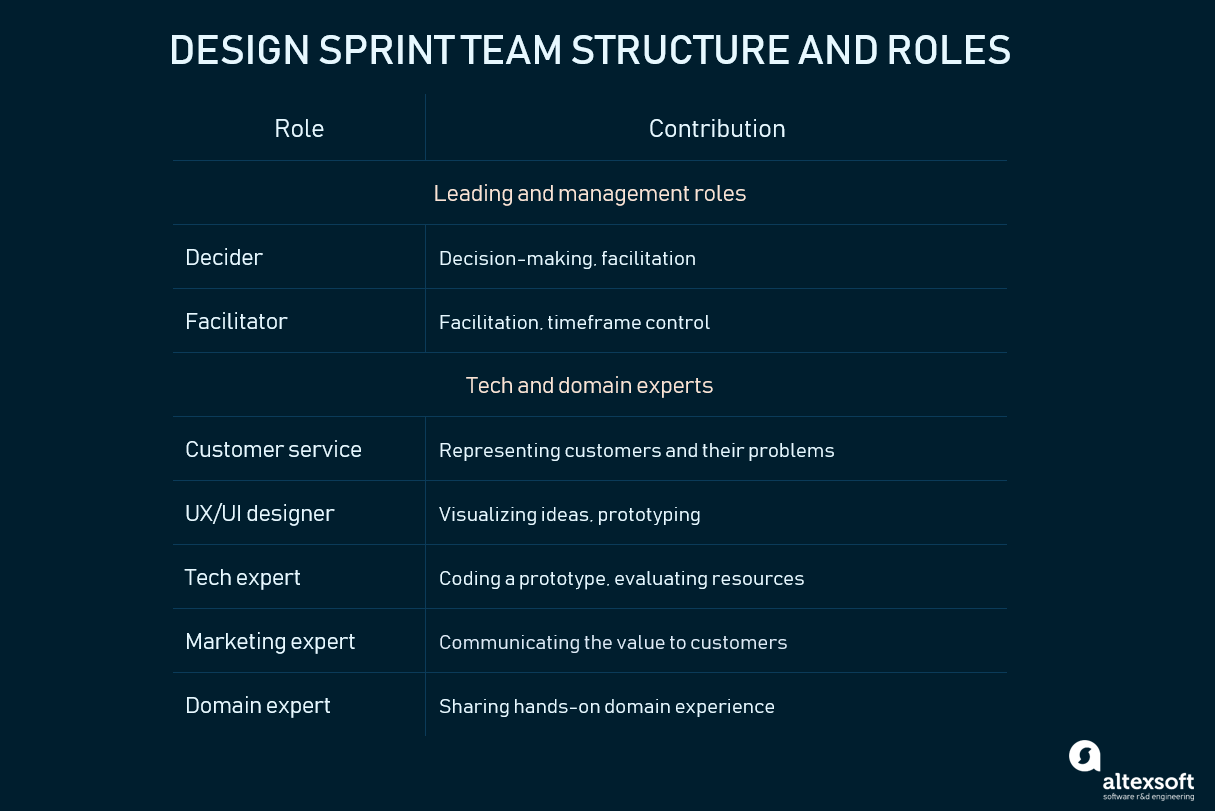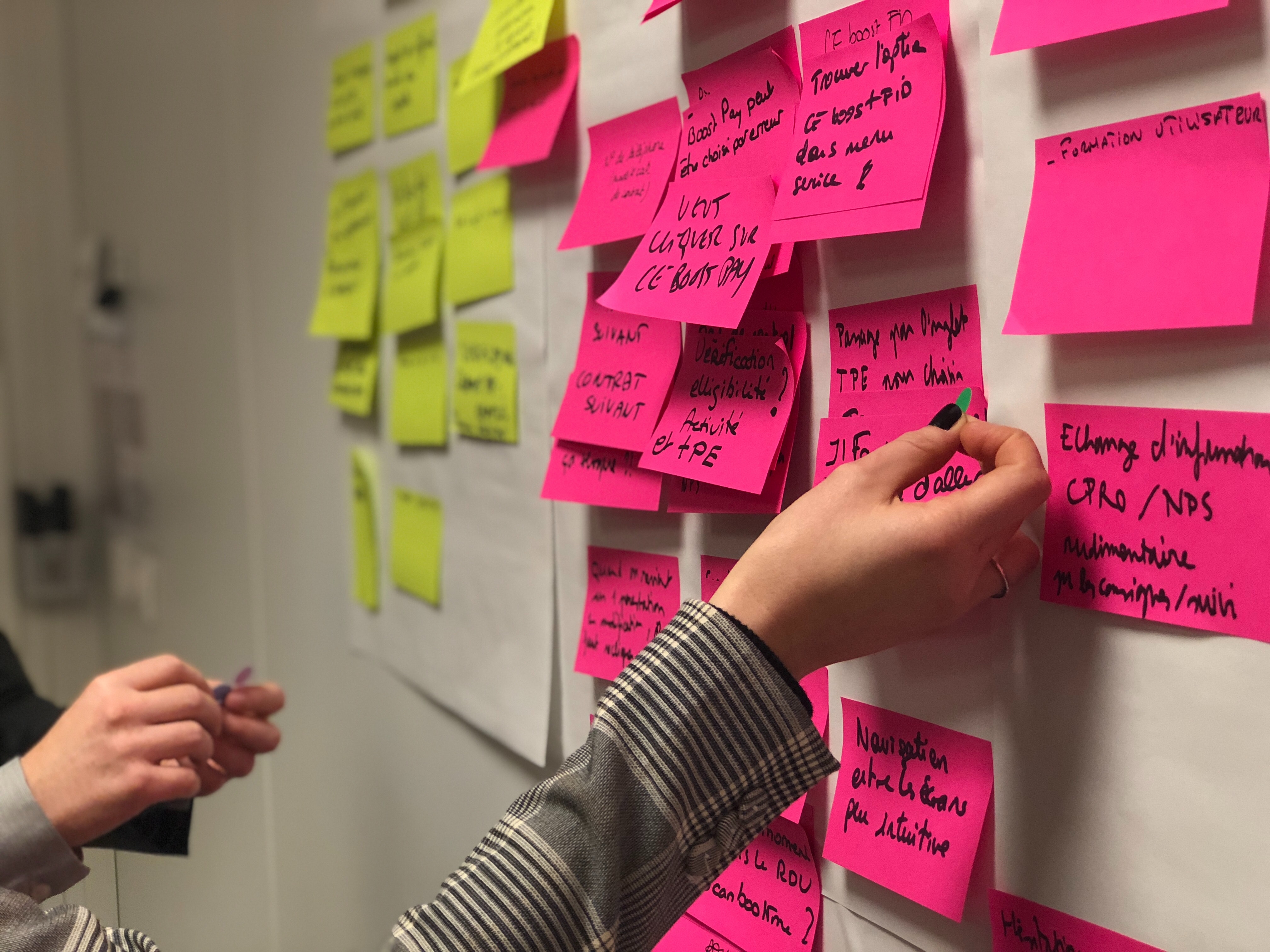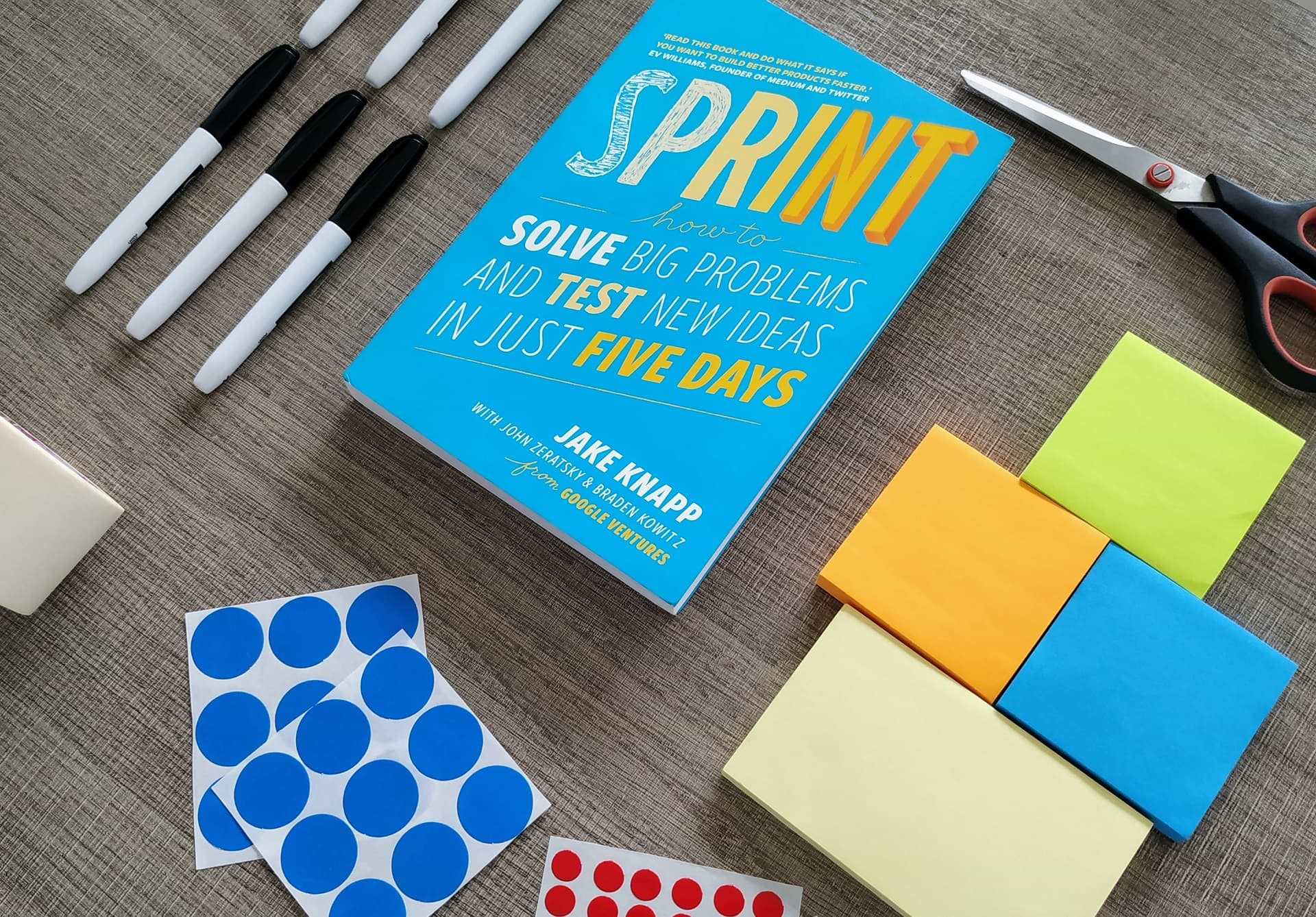Table Of Content

Teams can use a webpage, a tool like Figma, or even pen and paper. Sarah and Dan took care of getting something simple put together to show potential users. Once the sketches are out, it’s time to match ideas into a story.
Working and Living Abroad as an International Designer
Design sprints offer a targeted approach to innovation, which lets teams rapidly explore and test ideas. At this stage, the teams prepare demos and sketches to brainstorm their ideas. More complex and long-lasting sprints require deep user research.

Day 1: Understand and map
Of course, this requires some additional considerations, which we’ll run through here. You should have a decider who makes the final decisions and a facilitator who ensures everything is running smoothly. You may also want experts from various departments, like customer service, marketing, finance, UX, and tech.
Ways to Make Authentication Systems More User-friendly
Will you be looking to take a single great idea forward to prototyping or are you going to pick say a Top 5 and take them all forward and find out which idea the users like best? You should be looking to constantly refine your list and remove ideas that simply aren’t feasible early in the process. This method is recommended for teams that are facing a big, complex challenge. In this situation, the team should move to a storyboard layout, which allows them to break the challenge into phases. In this method, the team works as individuals and are given a sheet of paper which are folded into 8 sections. In each section, the individual team member must sketch eight different ideas in 5 minutes.
We solve problems in 30 days through 'research sprints': other academics can do this too - The Conversation
We solve problems in 30 days through 'research sprints': other academics can do this too.
Posted: Sun, 21 May 2023 07:00:00 GMT [source]
Once the team completes the exercises, the team members should upload the photos with their sketches to the Design Sprint template to keep all the ideas in one place. Use sticky notes for each question and watch the team come up with valuable answers you can apply to the following phases. Using sticky notes, your team can sort and group different aspects of the issue and then vote on what they believe is popping to the forefront.

Map out the problem and goal and pick an important place to focus. Coursera’s editorial team is comprised of highly experienced professional editors, writers, and fact... Design Sprints haven’t just improved the way Google innovates.
The next step is to add How Might We notes (HMW for short) on the whiteboard. ” These stumbling blocks are opportunities for improvement and will determine the direction of our MVP design. Companies like Slack and Dropbox have used Design Sprints to accelerate innovation and improve products. They recognize the power of this methodology in fostering a culture of collaboration and user-centric design. You validate your prototype with real users, collecting invaluable feedback.
Set the Stage
To keep the whiteboard somewhat organized, the facilitator should draw the map while the rest of the team suggests ideas. This process will set the foundation for the rest of the design sprint, so we should take our time here. Robust user research is what your design sprint team will rely on for clues on how to build a prototype. Without a few hints about what people want, the process could go off the rails fast.
The Ultimate Guide to UX User Stories [With Examples]
New Program Will Identify Healthcare Challenges and Design Solutions - University of Arkansas Newswire
New Program Will Identify Healthcare Challenges and Design Solutions.
Posted: Wed, 16 Mar 2022 07:00:00 GMT [source]
Normally, a product design sprint takes from five to ten working days and consists of several core stages, each of which has its own goal and requires specific tools and techniques. A design sprint allows gathering the team’s capacity and potential to achieve the goal in a short time. Thus, instead of working on many tasks at once, the sprint participants focus on a single problem and find the most effective ways to solve it. If you want to run design sprints regularly, it might be hard to accommodate a whole week every month or so. So in practice, I’ve often encountered shorter variations, three days being the most common one.
The fifth sprint phase should validate the solutions and check the design’s compliance. Service design can help our organizations innovate customer experience and build brand loyalty — and it’s great for small businesses. Although the classic design sprint is a five-day long process, you can try out many variations.
Braden Kowitz added story-centered design, an unconventional approach that focuses on the customer journey instead of individual features or technologies. Michael Margolis took customer research—which can typically take weeks to plan and often delivers confusing results—and figured out a way to get crystal clear results in just one day. John Zeratsky helped us start at the end, and focus on measuring results with the key metrics from each business. And Daniel Burka brought firsthand expertise as an entrepreneur to ensure every step made sense in the real world. In the fourth sprint phase, the team builds UI/UX based on the chosen solution.
Your design sprint team must include the people who are responsible for carrying out the work after the sprint. Design sprint teams typically include a UX designer, a user researcher, a product manager, a developer, and key members of leadership. The sprint brief will act as a guidepost for the team throughout the sprint. It should list your defined goals (the problem or problems you’re solving), deliverables, agenda, and methods.
During the customer interview, record the answers in a Google Sheet. Once all of the interviews are complete, try to identify common insights and label them as positive, negative, or neutral. From this, we’ll be able to decide whether or not our prototype was a good solution to the problem, and if so, identify areas of improvement. The first day of the sprint is dedicated to reverse-engineering the problem.


No comments:
Post a Comment